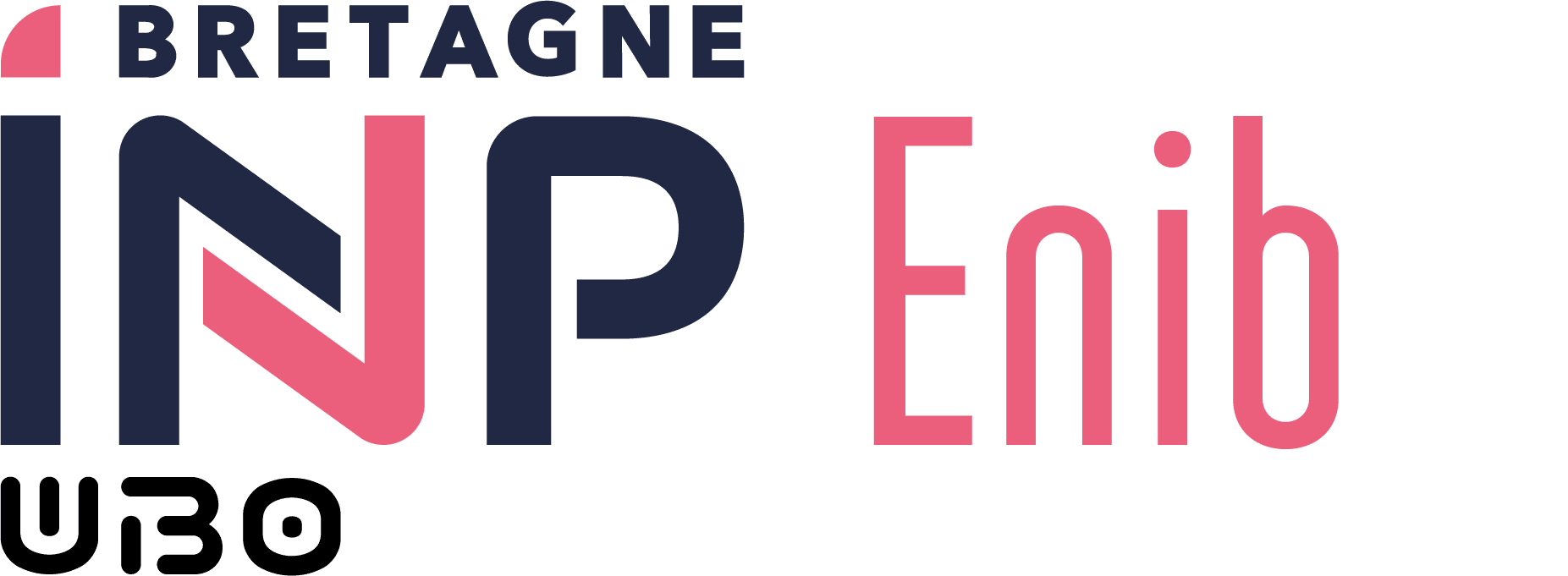Eco-responsible Project (09_X-PER)
- Coefficient : 8
- Hourly Volume: 240.0h (including 120.0h supervised)
- Labo : 120h supervised (and 6h unsupervised)
- Out-of-schedule personal work : 114h
- Including project : 84h supervised and 120h unsupervised project
AATs Lists
Description
The module takes the form of an application and implementation project. Students must provide a technical solution to an environmental or societal problem posed by a third party from society. Input through workshops, conferences and debates on various topics such as corporate social responsibility, engineer ethics and responsibility, eco-design and lifecycle, alternative economic models, low tech, data protection and GDPR, geopolitics, climate issues, digital ethics and impact studies will enrich the analysis around the project. The project must lead to prototyping a solution with the study of ethical and technical implications. Work is done in teams of 4 to 12 students depending on the subjects.
Learning Outcomes (AAv)
AAv1 [heures: 20, A2, C4]: By the end of the PER module, students must be able to integrate environmental and societal challenges into the study of an engineering solution and appropriately and relevantly use impact indicators (carbon footprint, LCA, social indicators...)
AAv2 [heures: 20, E1, B4]: By the end of the PER module, students must be able to establish an analysis grid of a solution and evaluate its relevance regarding environmental and societal challenges
AAv3 [heures: 15, E3]: By the end of the PER module, students must be able to publicly and professionally justify a technical choice orally and in writing.
AAv4 [heures: 10, E4]: Correctly apply a project management method
Correctly =
- All team members know the project as a whole
- Regular evaluations have taken place
- Measures were taken following evaluations
- Roles were assigned and then respected
- Different meetings were held and documented
AAv5 [heures: 10, A1, A3]: Correctly write the client's needs (evolving specifications) or correctly write functional specifications based on needs expressed by a client
Correctly =
- Needs expression is written with the client
- Project context is described
- Non-functional specifications are established
- Functional specifications are established
- Resources are estimated
- Deadlines are defined
- Budget is estimated
AAv6 [heures: 41, D1, C1, C2, C4] Correctly eco-design a prototype and implement it (the "correctly" will be specified for each subject)
AAv7 [heures: 15, C3, D3] Correctly invent a validation test protocol for different implemented solutions. Correctly apply this test protocol in situ and evaluate different criteria. Analyze test results from evaluations and propose improvement paths for the future
Correctly =
- Test criteria are representative and simple to evaluate
- Established criteria allow validating the manufactured prototype
- Test protocol is followed
- Test results are provided
- Test results are exploited to obtain a critical conclusion
Assessment Methods
- two written continuous assessment exams
- a critical analysis of an innovative solution or prototyping of an innovative solution
- Individual formative oral evaluations, final team presentation, personalized technical reports integrating analysis of ethical and technical implications
Keywords
- Critical thinking, CSR, Sustainable Development, environment, economic models, ethics, GDPR, eco-design, interdisciplinarity, teamwork.
Prerequisites
- Potentially all ENIB curriculum teachings
